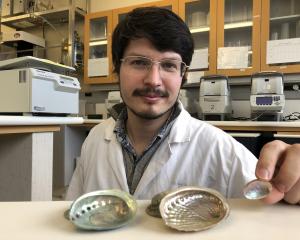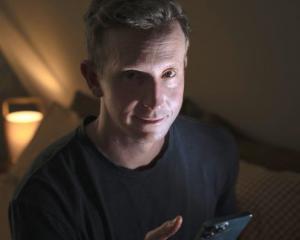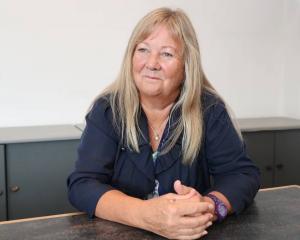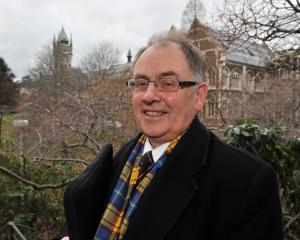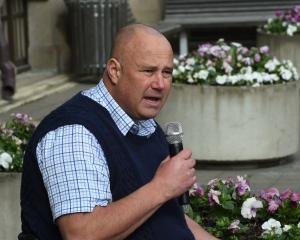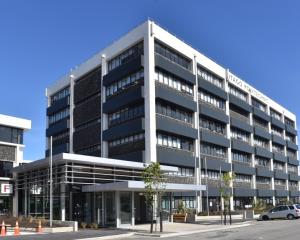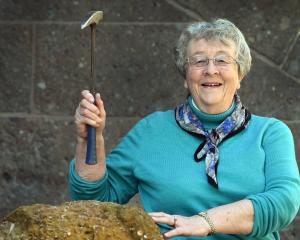However, Health Minister Dr Shane Reti said the ball was already rolling on the proposed medical school and it would be allowed to progress.
The proposal is in response to increasing public calls for more domestically trained doctors, general practitioners and rural doctors, as the country confronts a health-staffing and health-funding crisis.
A joint statement from Otago and Auckland said the best approach for New Zealand was to use the existing capability within the country’s two medical schools, rather than build a third medical school, which may not only cost hundreds of millions of dollars, but also take more than two years to begin training doctors.
The statement said all the government needed to do was increase the number of students allowed to study medicine, and fund those students.
In Budget 2024, the government confirmed 25 additional medical places for next year, half of the 50 previously promised.
But a new PwC New Zealand report, "Medical education in New Zealand: Current state and consideration of future options", said Otago and Auckland could increase capacity in medical education more quickly than the University of Waikato proposal, because they had the ability to increase their intake by 100 places in 2026, with an additional 200 places in 2027.
From 2027 onwards, capacity could then be increased incrementally up to a combined intake of 889 across the two universities - 300 more than the present intake of 589 annually.
By comparison, the Waikato proposal would not result in capacity increasing until the start of 2027 at the earliest.
Otago and Auckland were also able to increase capacity in medical education at lower cost than the Waikato proposal because they did not require new capital funding from the government to increase capacity, the report said.
To accommodate new students, Otago and Auckland would largely reconfigure the use of existing facilities, and if any minor capital expenditure was required this would be reprioritised.
"Auckland could provide an expanded offering in Hamilton, either through expanding its existing programme or establishing a new four-year graduate entry programme.
"This would be faster and lower cost to implement than the Waikato proposal, due to the ability to leverage Auckland’s existing facilities in Hamilton.
"Otago and Auckland-led capacity increases also carry less implementation complexity and risk, due to the ability to leverage existing resources, capability and facilities," the report said.
"By comparison, the Waikato proposal carries significantly more implementation risks, including those associated with gaining accreditation, recruiting faculty and developing new facilities."
University of Auckland medical and health sciences dean Prof Warwick Bagg said Auckland and Otago Universities were ready to step up.
"We are able to leverage existing resources, capability and facilities, while deploying our experience and expertise to rapidly increase the intake of trainee doctors."
The report detailed options for alternative training approaches, while pointing out that 30% of present medical students were graduates.
Options included a National School of Rural Health, first proposed in 2017.
Every year, students from Auckland and Otago were placed in more than 100 different cities, towns and centres.
In any given year, hundreds of the medical schools’ students spent time in general practices across these locations, including about 170 students working in specific rural and regional immersion placements, he said.
"The country’s biggest problem is not about education facilities, it is about funding more students to study medicine and ensuring sufficient clinical placements around the country for them to learn on the job."
Prof Bagg said a major barrier to increasing student training numbers was the provision of clinical placements.
"If the government incrementally increases student numbers year by year, we expect to be able to work with Te Whatu Ora, hospitals and GPs to provide these places."
He said the government must make decisions that were cost-effective and timely to meet the demand for more doctors.
"The future wellbeing of New Zealanders depends on this."
The report also highlighted that one in three New Zealand-educated doctors left the country over the past 10 years.
Retaining them would go a long way to increasing the locally trained medical workforce.
"We are ready to work with the government, Te Whatu Ora and others who educate health professionals to deliver a health workforce that meets the country’s needs," Prof Bagg said.
Dr Reti said the government recognised the high-quality education the universities provided, and the significant contribution they made to medical education in New Zealand.
"Under the National-Act Coalition agreement, we have committed to completing a cost-benefit analysis for the proposed medical school at Waikato University, which the Ministry of Health is progressing with support from key stakeholders.
"I expect the ministry to engage with the Universities of Auckland and Otago throughout the process," he said.


